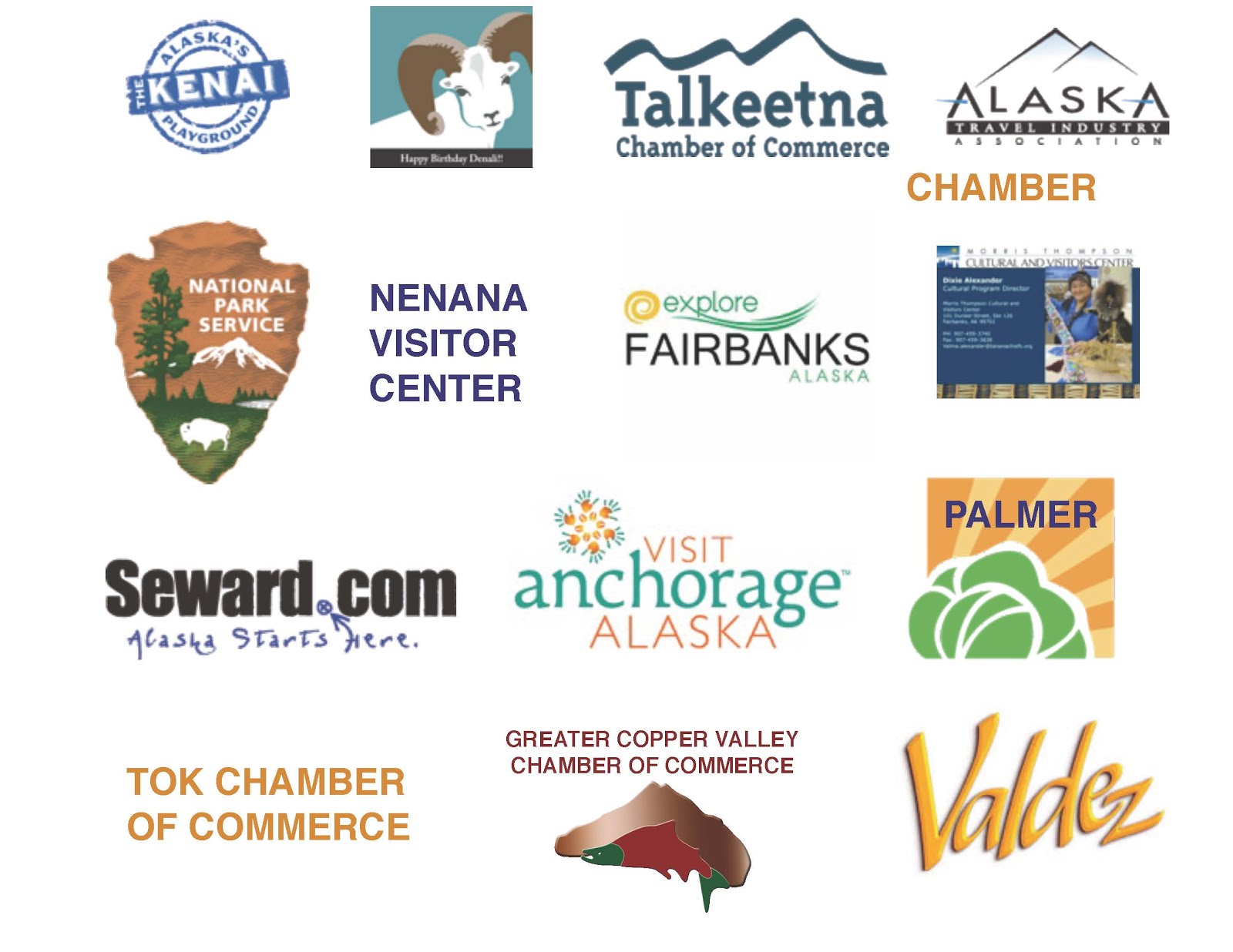 | ||
| It's hit or miss, growing vegetables in the Alaska summer in the Interior. This is a summer's worth of tomatoes. |
Much Closer To The Frozen Arctic Than To The Wheat Belt, Alaska Has Serious Problems Providing Its Own Food
 | |
| Palmer steps up with produce for a local store. |
The problems of growing food in Alaska is a very serious one. This is thousands of miles away from the American wheat and corn belts. In 1898, when the first American soldiers came to Alaska and walked up the Copper River, they were charged, in part, with finding out if agriculture was even possible in Alaska. The problems of producing food in Alaska is very real. This is not an
easy place to grow things. It can freeze throughout much of the state
any month of the year.
Eventually, there were farming areas, including at Palmer, Kenny Lake and Delta Junction. They all had varying degrees of success.
Because there were no indigenous livestock in Alaska -- no pigs, or horses, cows or domesticated sheep and goats -- Alaska's incoming westerners have extensively experimented with introducing the same livestock they brought to the "New World" centuries ago. But, in Alaska, due to the extreme cold, the natural, wild vegetation needed to feed cows and horses -- such as plentiful grass -- is almost non-existent in much of the state. Just feeding livestock remains a huge problem. This isn't the grasslands of the wild west, where steer and horses can "go wild" and forage on their own, even in the winter.
Horses needed hay and other feed that was grown by humans for them. So roadhouses sprang up all along Alaska's early trails. They had hayfields planted around them -- in effect providing "gas" to fuel the "engines" provided by horses, pulling wagons and sledges. Horsepower.
Then, outsiders began looking for farm-type animals that more closely matched the northern subarctic forage. For example, they brought in reindeer -- from other northern countries -- with the idea that the reindeer could provide meat and milk. And would be able to eat natural vegetation, such as lichens. The success of reindeer farming, introduced bison, and the introduction of musk oxen has been mixed.




































